Atorvastatin Information
Pronunciation
a TORE va sta tin
What is this drug used for?
– It is used to lower bad cholesterol and raise good cholesterol (HDL).
– It is used to lower triglycerides.
– It is used in some people to lower the chance of heart attack, stroke, and certain heart procedures.
– It is used to slow the progress of heart disease.
– It may be given to you for other reasons. Talk with the doctor.
Frequently reported side effects of this drug
– Diarrhea
– Joint pain
– Nausea
– Trouble sleeping
– Stuffy nose
– Sore throat
Other side effects of this drug: Talk with your doctor right away if you have any of these signs of:
– Urinary tract infection like blood in the urine, burning or painful urination, passing a lot of urine, fever, lower abdominal pain, or pelvic pain.
– Severe cerebrovascular disease like change in strength on one side is greater than the other, difficulty speaking or thinking, change in balance, or vision changes.
– Liver problems like dark urine, fatigue, lack of appetite, nausea, abdominal pain, light-colored stools, vomiting, or yellow skin.
– Unable to pass urine
– Change in amount of urine passed
– Severe loss of strength and energy
– Confusion
– Memory problems or loss
– Severe muscle pain
– Severe muscle tenderness
– Severe muscle weakness
– Signs of a significant reaction like wheezing; chest tightness; fever; itching; bad cough; blue skin color; seizures; or swelling of face, lips, tongue, or throat.
Medication Safety Issues
Sound-alike/look-alike issues:
AtorvaSTATin may be confused with atoMOXetine, lovastatin, nystatin, pitavastatin, pravastatin, rosuvastatin, simvastatin
Lipitor may be confused with labetalol, Levatol, lisinopril, Loniten, Lopid, Mevacor, Zocor, ZyrTEC
Storage and Stability
Store at 20?C to 25?C (68?F to 77?F)
Adverse Reactions
Cardiovascular: Hemorrhagic stroke
Central nervous system: Insomnia, malaise, myasthenia, nightmares
Dermatologic: Urticaria
Endocrine & metabolic: Diabetes mellitus, hyperglycemia
Gastrointestinal: Abdominal distress, cholestasis, diarrhea, dyspepsia, eructation, flatulence, nausea
Genitourinary: Urine abnormality (white blood cells positive in urine), urinary tract infection
Hepatic: Abnormal hepatic function tests, hepatitis, increased serum alkaline phosphatase, increased serum transaminases
Neuromuscular & skeletal: Arthralgia, increased creatine phosphokinase, joint swelling, limb pain, muscle fatigue, muscle spasm, myalgia, musculoskeletal pain, neck pain
Ophthalmic: Blurred vision
Otic: Tinnitus
Respiratory: Epistaxis, nasopharyngitis, pharyngolaryngeal pain
Miscellaneous: Fever
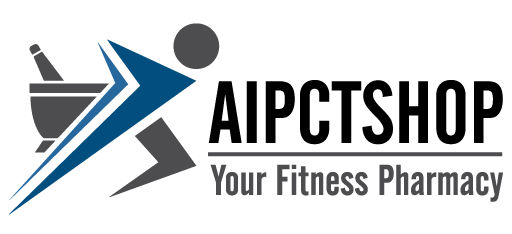
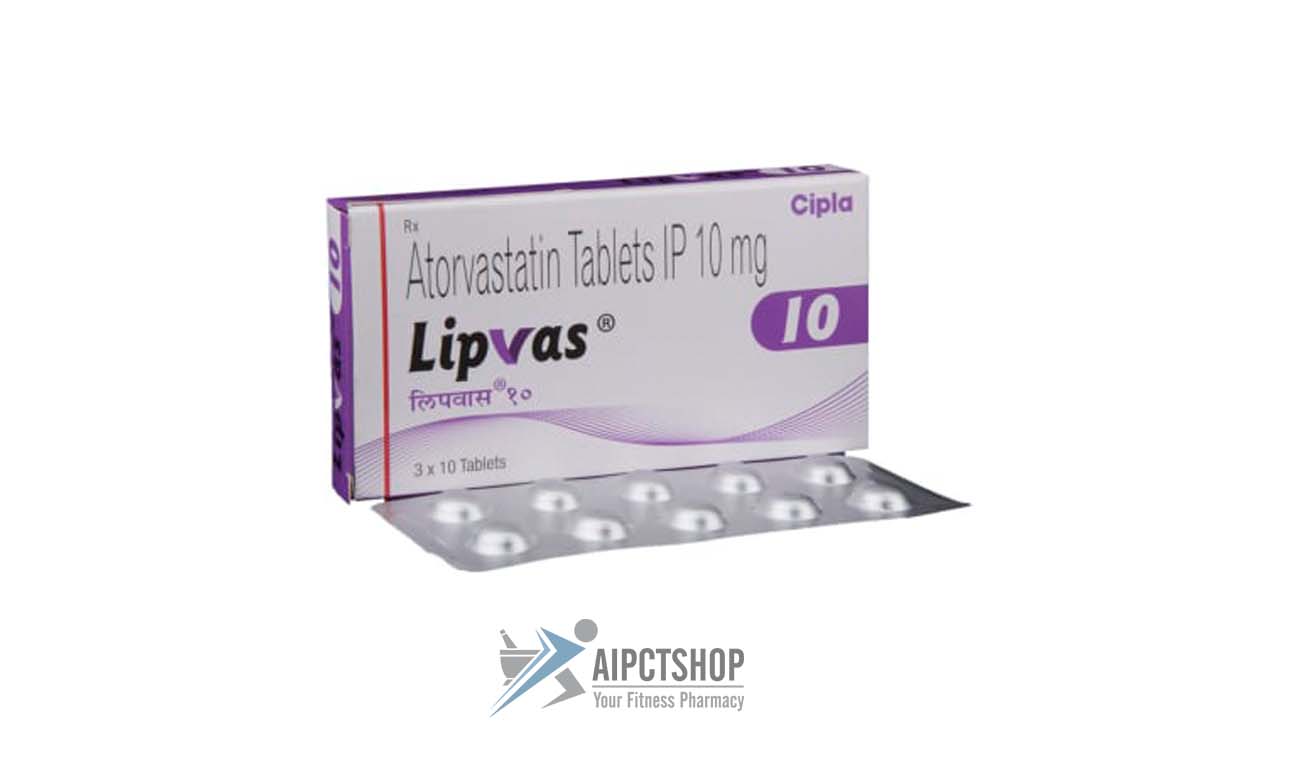
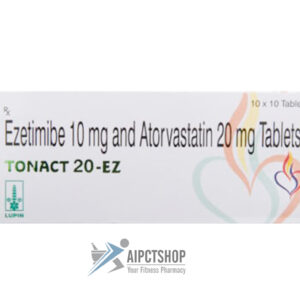
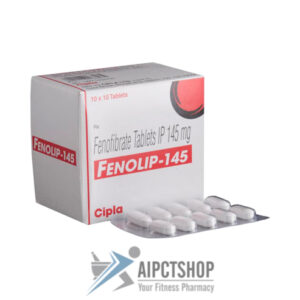

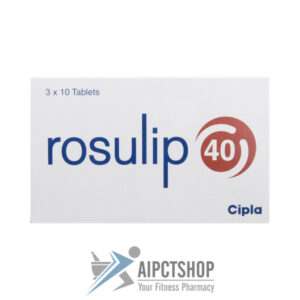
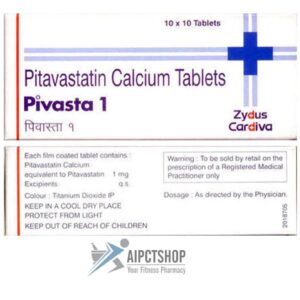
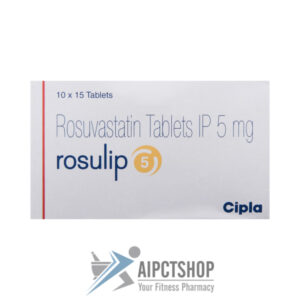
Reviews
There are no reviews yet